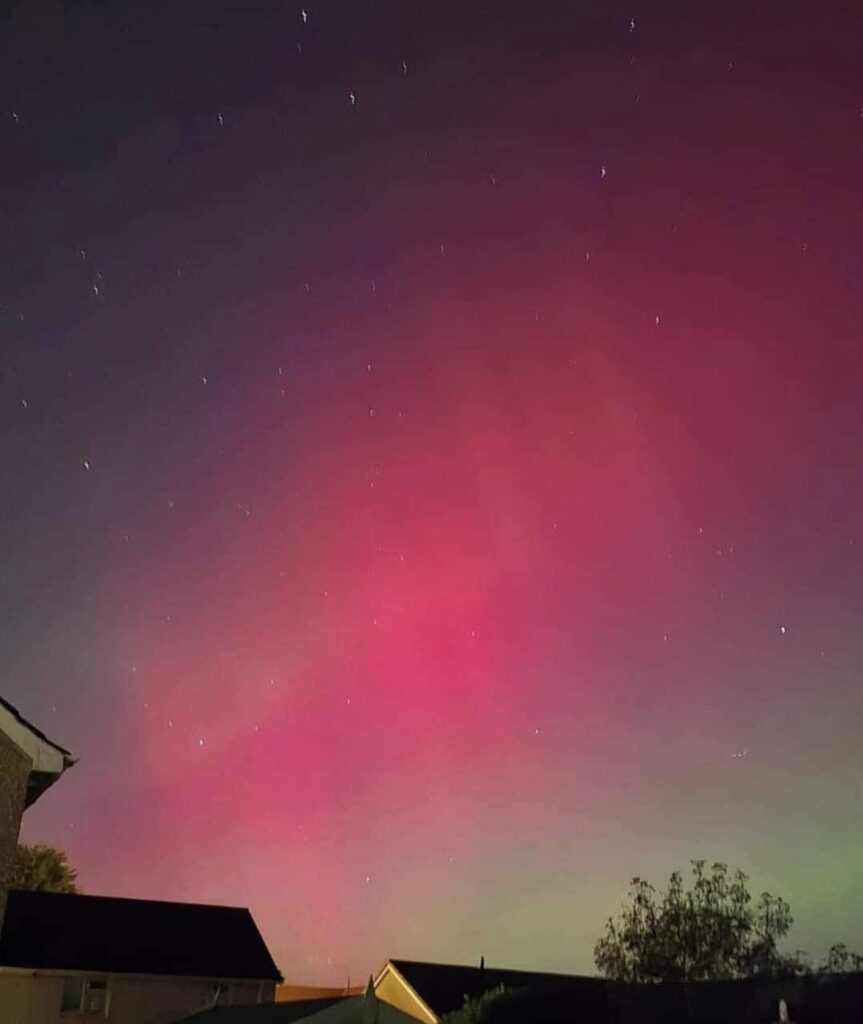February 2025 is brimming with celestial wonders that promise to captivate both novice and seasoned stargazers. From dazzling planetary alignments to the mesmerizing dance of the Northern Lights, there’s something for everyone to enjoy. Let’s explore the month’s top astronomical events, how and when to observe them, and the best locations in both the UK and North America for an unforgettable stargazing experience.
1. Venus at Greatest Brightness
- What is it? Venus reaches its peak luminosity, outshining all other planets and stars in the night sky.
- When? Early February, just after sunset.
- How to see it: Look towards the western sky shortly after sunset. Venus will be the most brilliant object visible to the naked eye. Through a telescope, observers can appreciate its crescent phase, adding to its allure.
- Best viewing locations: Clear skies are essential. In the UK, areas like the Cambrian Mountains in Wales offer minimal light pollution, making them ideal for observation. In North America, the deserts of Arizona provide excellent viewing conditions.
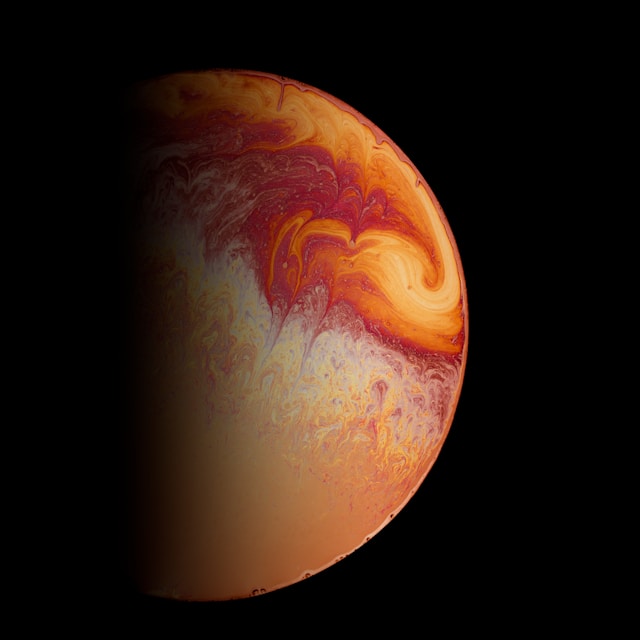
2. Seven-Planet Alignment
- What is it? A rare alignment where Mercury, Venus, Mars, Jupiter, Saturn, Uranus, and Neptune appear simultaneously in the night sky.
- When? February 23-29, with optimal viewing on February 28.
- How to see it: Shortly after sunset, look towards the western horizon. While Venus, Mars, Jupiter, and Saturn are visible to the naked eye, binoculars or a telescope are recommended to spot Mercury, Uranus, and Neptune.
- Best viewing locations: Dark-sky reserves enhance visibility. In the UK, Exmoor in Devon is renowned for its stargazing opportunities. In North America, Cherry Springs State Park in Pennsylvania is a prime spot.
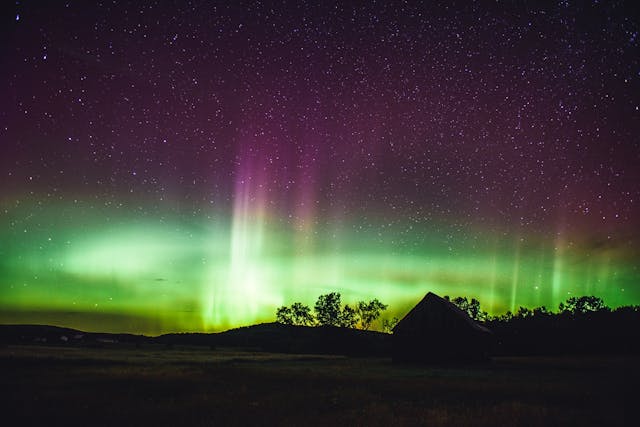
3. Northern Lights (Aurora Borealis)
- What is it? A natural light display predominantly seen in high-latitude regions, caused by the interaction of solar particles with Earth’s atmosphere.
- When? Increased solar activity in early February enhances the chances of auroral displays.
- How to see it: The best viewing times are between 10:00 p.m. and 2:00 a.m. local time. Seek areas with clear, dark skies away from city lights.
- Best viewing locations: In the UK, the Cairngorms in Scotland offer excellent vantage points. In North America, northern states like Washington and Maine may witness the phenomenon.
4. Occultation of the Pleiades by the Moon
- What is it? An event where the Moon passes in front of the Pleiades star cluster, temporarily obscuring its stars.
- When? Early February.
- How to see it: Use binoculars or a small telescope to observe the Moon as it moves across the Pleiades.
- Best viewing locations: Clear skies are crucial. In the UK, the South Downs in East Sussex is a recommended spot. In North America, the western United States offers favorable conditions.
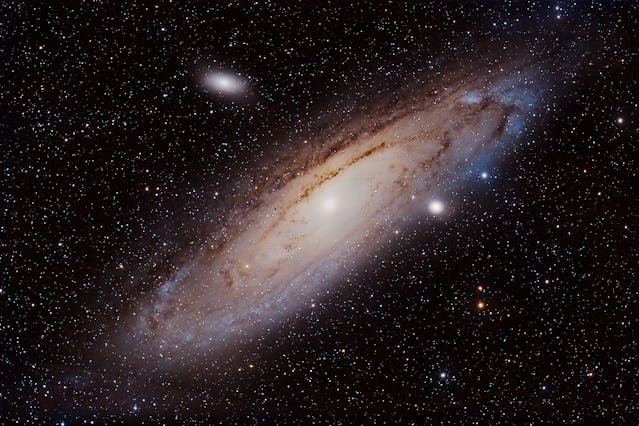
5. Mars and the Moon Conjunction
- What is it? A close approach of Mars and the Moon in the night sky.
- When? February 9.
- How to see it: Look towards the western sky after sunset to see Mars near the crescent Moon. This pairing is visible to the naked eye, but binoculars can enhance the view.
- Best viewing locations: Dark-sky areas are ideal. In the UK, the North York Moors provide excellent conditions. In North America, Big Bend National Park in Texas is a top choice.
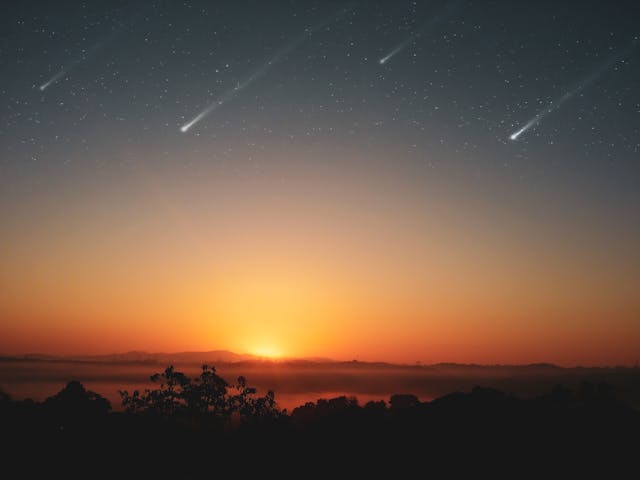
Tips for Optimal Stargazing:
- Check the weather: Clear skies are essential. Monitor local forecasts before planning your observation.
- Choose dark locations: Areas away from urban light pollution enhance visibility.
- Use appropriate equipment: While many events are visible to the naked eye, binoculars or a telescope can provide a more detailed experience.
- Stay updated: Astronomical events can be influenced by various factors. Regularly consult reputable astronomy websites or apps for the latest information.
Embrace the wonders of the night sky this February. Whether you’re a seasoned astronomer or a curious novice, the cosmos offers a spectacular show that shouldn’t be missed.
Love Life x
References:
For a visual guide to this month’s celestial events, check out the following video:

